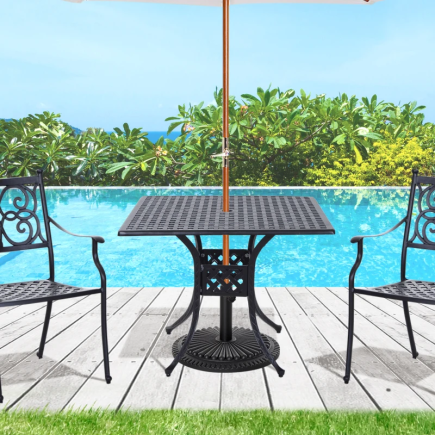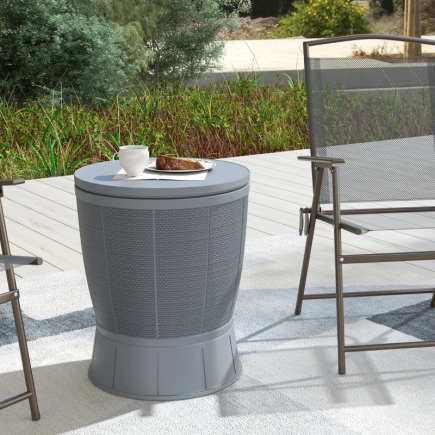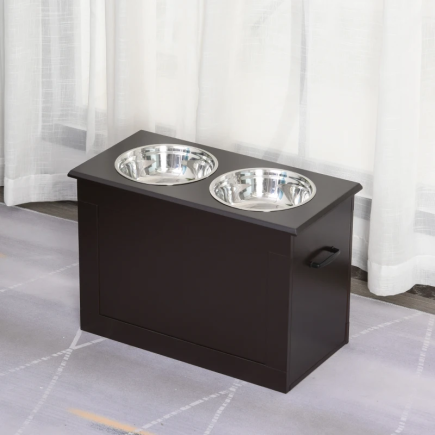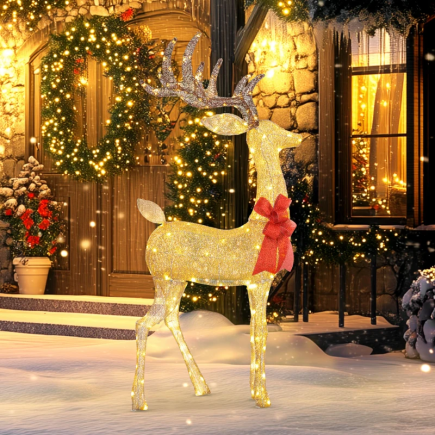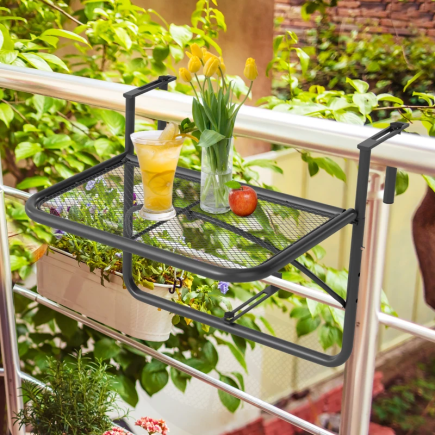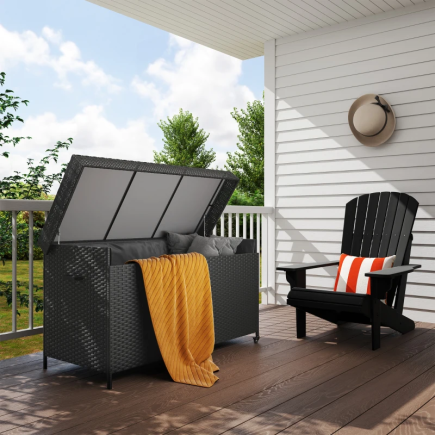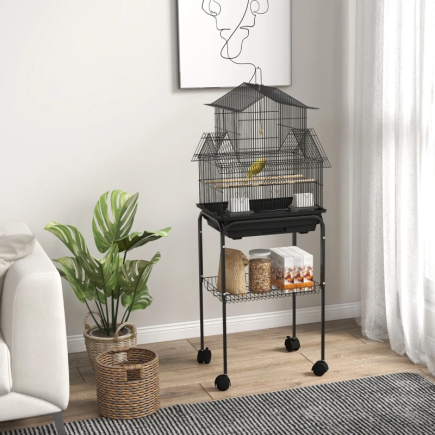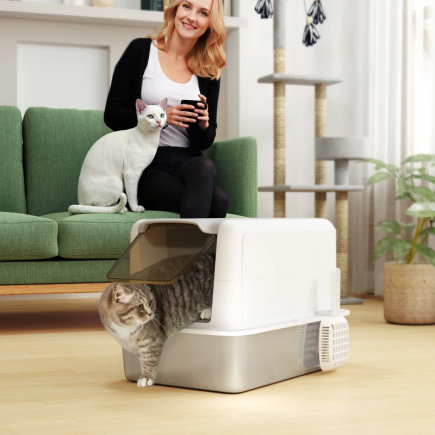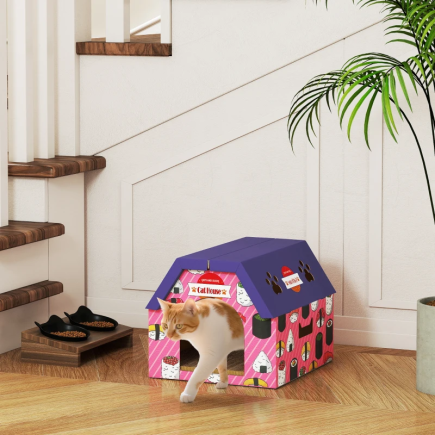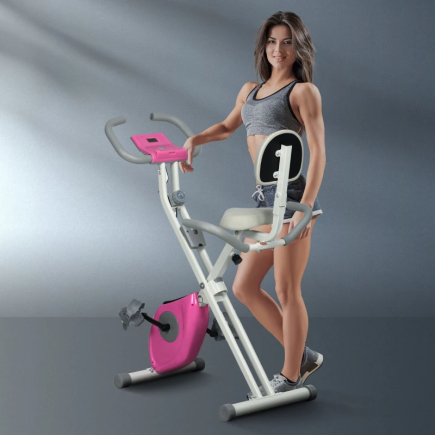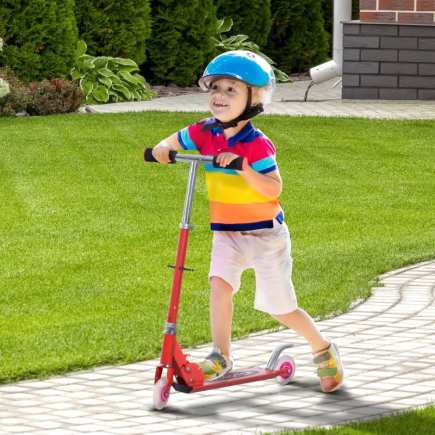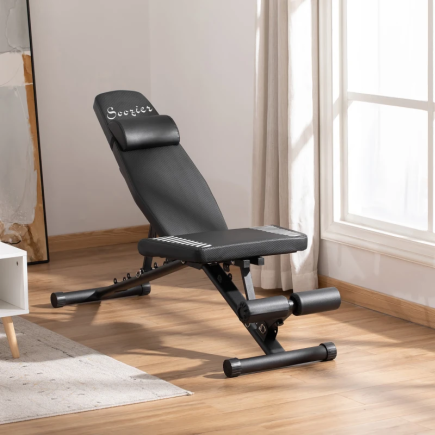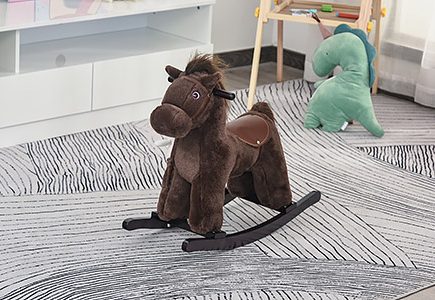When the temperatures drop, there’s nothing quite like gathering around a warm, flickering fire pit to add comfort and ambience to your outdoor space. Whether you’re hosting a family BBQ, enjoying a quiet evening with friends, or simply basking in the glow on a chilly night, a fire pit can transform your backyard into a welcoming retreat. But before you dive into purchasing a fire pit, it’s important to understand how hot these fire features can get, and how to choose the right one based on your specific needs.

By understanding the temperature capabilities of various fire pits, you can make an informed decision about which one best suits your needs. Whether you’re looking for a model that can heat a small patio or something large enough to gather friends and family around, knowing how hot a fire pit can get will help guide your choice.
What is a BTU Rating? How Does It Relate to Fire Pit Heat?
When you’re shopping for a fire pit, you’ll likely come across the term BTU (British Thermal Unit). So, what exactly does it mean, and why is it important?
A BTU is a unit of measurement used to determine the amount of heat a fire pit can produce. The higher the BTU rating, the hotter the fire pit will burn and, consequently, the more space it can heat. BTU ratings are an important factor when considering how much warmth your fire pit can provide.
To put it simply, the BTU rating will give you a rough idea of the fire pit’s temperature range and the size of the area it can effectively heat.
For example:
- A small fire pit with a BTU rating of 40,000 to 60,000 can heat up a small patio area of about 150 square feet.
- A medium fire pit with 60,000 to 80,000 BTUs can warm up larger spaces, up to 250 square feet.
- A large fire pit with 80,000+ BTUs can comfortably heat an expansive area of over 300 square feet.

In general, understanding your space size and desired heating power will help you choose a fire pit with the right BTU output.
How Hot Does a Fire Pit Get? Understanding Temperature Ranges
The temperature of a fire pit depends on several factors, including the type of fuel it uses, the design, and the size of the fire pit. Here’s a breakdown of the temperature ranges for different types of fire pits:
Wood-Burning Fire Pits
These are the traditional fire pits, and they are capable of producing extremely high temperatures. On average, they can reach anywhere from 1,100°F to 2,000°F. Wood-burning fire pits tend to burn hotter than gas-powered fire pits, but the temperature can fluctuate depending on the amount of wood and air circulation. The heat generated by these fire pits is also influenced by the type of wood you burn (more on that below).
Propane and Natural Gas Fire Pits:
Gas-powered fire pits typically reach temperatures between 900°F and 1,800°F. They burn consistently and provide even heat throughout their use. Although they may not reach the temperatures of a wood-burning pit, they are much easier to control and maintain.
Bioethanol Fire Pits
These fire pits, often used for their aesthetic appeal, have a lower heat output than wood or gas. Bioethanol fire pits generally produce heat in the range of 400°F. They are great for creating a cozy atmosphere, but they may not provide enough warmth for larger outdoor spaces or cooler nights.

Here’s a quick overview of temperature ranges for different fire pit types:
| Fire Pit Type | Temperature Range | BTU Rating | Heat Output |
| Wood-Burning Fire Pit | 1,100°F – 2,000°F | 50,000 – 100,000+ BTUs | High, fluctuates |
| Propane Fire Pit | 900°F – 1,800°F | 30,000 – 60,000+ BTUs | Consistent and high |
| Natural Gas Fire Pit | 900°F – 1,800°F | 30,000 – 85,000+ BTUs | Consistent and high |
| Bioethanol Fire Pit | 400°F | 1,000 – 4,000 BTUs | Low, but aesthetic |
Fuel Types and Their Impact on Fire Pit Temperature
The fuel you choose for your fire pit plays a significant role in how hot it gets. Let’s take a closer look at how different fuel types affect heat output:
Wood
Wood-burning fire pits can reach higher temperatures, but the heat tends to fluctuate as the fire burns down. Hardwoods such as oak, hickory, and maple produce more heat than softwoods like pine, which tend to burn faster and produce more smoke.
Propane and Natural Gas
Propane and natural gas fire pits are known for producing consistent and high heat. They can easily reach temperatures of 1,000°F or higher, providing a steady source of warmth for your outdoor space. One advantage of gas over wood is that it requires less maintenance, and you won’t have to worry about smoke or ashes.
Bioethanol
While bioethanol fire pits are not known for producing high heat, they are excellent for creating ambiance with a low, flickering flame. They are portable and clean-burning, producing very little smoke. However, they are best suited for those looking to add a decorative touch rather than a significant heat source.

Matching Fire Pit Temperature to Your Space
Selecting the right fire pit involves considering your space size, desired heat output, and maintenance preferences. Here’s how to align your fire pit choice with these factors:
- Consider Your Space Size
- For a small space (under 150 square feet), opt for a fire pit with a BTU rating between 40,000 – 60,000.
- For medium-sized patios (150 to 250 square feet), choose a fire pit with 60,000 – 80,000 BTUs.
- For large areas (250 square feet or more), go for a fire pit with 80,000+ BTUs.
- Choose the Right Fuel Type
If you prefer high heat and a traditional fire experience, go with a wood-burning fire pit. For a more controlled and clean-burning option, propane or natural gas fire pits are excellent. If you’re after aesthetics and a low heat output, consider bioethanol fire pits.
Choosing the Right Fire Pit BTU Rating
BTU ratings are crucial when selecting a fire pit, as they indicate how much heat the fire pit will generate. The table below provides a simple guide to help you determine the right BTU rating for your space:
| Patio Size | Recommended BTU Range |
| Small (Up to 150 sq. ft.) | 40,000 – 60,000 BTUs |
| Medium (150-250 sq. ft.) | 60,000 – 80,000 BTUs |
| Large (250+ sq. ft.) | 80,000+ BTUs |
How Long Does a Fire Pit Stay Hot? Understanding Burn Duration
The burn duration of your fire pit depends on the fuel type and the size of the fire. Wood-burning fire pits may require frequent stoking and replenishing to keep the heat going, while gas fire pits can last for hours on a single tank of propane or natural gas.
- Wood-Burning Fire Pits
Typically, they will burn for a few hours, but the temperature will gradually drop as the wood burns down. To extend burn time, use seasoned hardwoods and keep adding wood to the fire as needed.
- Gas Fire Pits
With the right fuel, propane or natural gas fire pits can burn consistently for 3-6 hours, providing steady heat throughout the evening.
Safety Concerns with High Heat Fire Pits
When operating a high-heat fire pit, safety is a priority. Here are a few tips to ensure you’re using your fire pit safely:
- Keep a Safe Distance
Always place your fire pit at least 10 feet away from structures or flammable materials such as trees, furniture, and plants.
- Supervise Children and Pets
Ensure that children and pets are kept at a safe distance from the fire, especially when the flames are high.
- Use Flame Screens and Fire Extinguishers
Equip your fire pit with a flame screen to prevent sparks from flying. Keep a fire extinguisher nearby in case of an emergency.

Adjusting Fire Pit Heat: Customizing Temperature for Comfort
If you’re looking for more control over the temperature, many modern fire pits come with adjustable settings. This feature allows you to control flame height and heat intensity, providing the perfect amount of warmth depending on your needs. Gas fire pits, in particular, offer excellent control with built-in temperature controls.
Wind Resistance and Heat Efficiency in Canadian Outdoor Spaces
In windy conditions, maintaining heat efficiency can be challenging. Look for fire pits with wind guards or features that help keep the flames steady. Some fire pits come with glass barriers or wind shields, which not only help protect the fire from wind but also contribute to safety.
Eco-Friendly Fire Pit Options
When considering fuel types, it’s essential to think about their environmental impact. Wood-burning fire pits can release more smoke and particulate matter, which might not be suitable for individuals concerned about air quality. Gas-powered fire pits offer a cleaner alternative, with propane or natural gas burning more efficiently and producing less pollution than wood.
For those focused on eco-friendly options, bioethanol fire pits are a great choice. These fire pits burn cleanly, producing minimal smoke and reducing your carbon footprint.

Choosing the right fire pit for your outdoor space involves considering several factors, including the heat output, fuel type, and maintenance needs. Whether you’re looking for a traditional wood-burning fire pit or a sleek gas-powered model, understanding how hot a fire pit can get and how to manage its heat will ensure you enjoy safe, consistent warmth all year round.
If you’re ready to add a fire pit to your backyard, visit our collection at Aosom and explore a wide range of Fire Pits designed to meet your heating needs and elevate your outdoor space.
FAQs
1. What type of fire pit gives off the most heat?
Wood-burning fire pits produce the most heat. Unlike propane, which disperses heat quickly into the air, wood retains and radiates heat more effectively as it burns.
2. Can you use a fire pit in the summer?
Yes, fire pits are great for summer use. They offer warmth and ambiance during cooler evenings, act as a central gathering spot, and enhance outdoor entertainment with minimal upkeep.
3. Can I leave hot coals in my fire pit?
No, you should never leave hot coals unattended in your fire pit. Even glowing embers can reignite and cause a fire. Always make sure the fire is fully extinguished, including all coals and ashes, before leaving the area.

